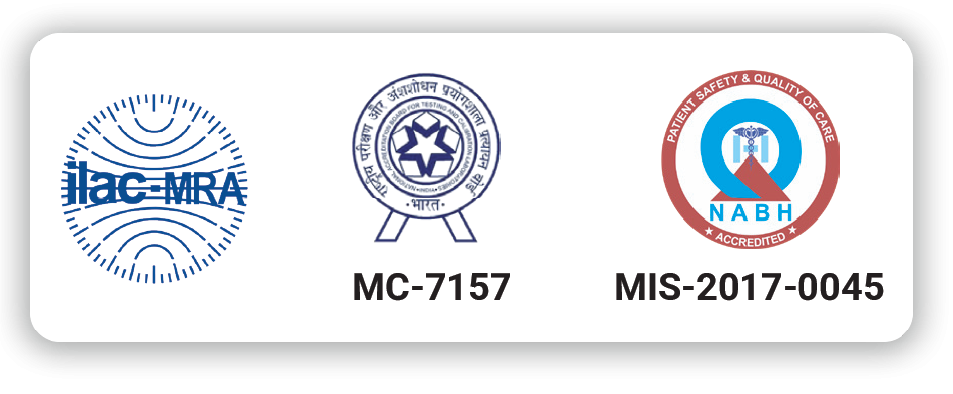An ultrasound happens to be a type of medical test that makes use of sound waves at a very high frequency so that live images of the inside of the body are produced. The technology for ultrasound is similar to that employed by radars and sonars that are employed by the military to sniff out enemy ships and planes. An ultrasound is also referred to as sonography.
Why is an ultrasound performed?
The majority of people associate ultrasound with a pregnancy. Ultrasounds can show a mother who is expecting images of her unborn baby but besides that, ultrasound has many other uses and applications. For example, an ultrasound can provide views of;
- Bladder
- Infant’s Brain
- Eyes
- Gallbladder
- Kidneys
- Liver
- Ovaries
- Pancreas
- Spleen
- Thyroid
- Testicles
- Uterus
- Blood Vessels
An ultrasound can also guide surgeons during medical procedures like biopsies.
Preparing for an Ultrasound
The preparation for the ultrasound procedure will depend on the area to be examined or the organ under investigation. You might be told by your doctor that you have to fast for 8-12 hours before the procedure. This is especially true if it is your stomach that is under investigation. If there is undigested food in the stomach, the sound waves from the ultrasound machine will get blocked, and the technician will be unable to obtain a clear picture.
If it is the examination of the pancreas, spleen, liver, or gallbladder, the doctor may advise you to have a meal in the evening which is free from fat and thereafter fast till the procedure is completed. This does not mean that you cannot drink water or take your meds. Other kinds of investigation may require you to drink a lot of water and thereafter hold your urine so that the images of the bladder are crisp and clear.
You have to ensure that you tell your doctor about any kinds of prescription drugs or over the counter meds that you have taken before the ultrasound in Gurgaon. You will need to ask any questions you may have before the ultrasound exam and then strictly follow the instructions given to you.
There are minimal risks associated with ultrasound because unlike CT scans and X-rays, there is no risk of radiation during an ultrasound. This is the reason why ultrasounds are the preferred diagnostic tool for pregnancies.
The Ultrasound Process
Prior to the examination, you will be required to change into a loose hospital gown. During an ultrasound, you are required to lie down on the table with a portion of your body exposed for the test.
The technician for the ultrasound is called a sonographer and he will apply a certain type of lubricating jelly onto your skin. The jelly cancels out friction when the transducer for the ultrasound will be rubbed onto your skin. The transducer looks like a microphone and the petroleum jelly assists in the transmission of the sound waves.
The transducer will send sound waves of very high frequency through the area of the body being investigated. As soon as a sound wave hits a solid part of your body like a bone or an organ, it will echo. The echoes are transmitted back to the computer where they are processed to give an image as an output that can be deciphered by the doctor. The sound waves we are talking about here are too high-pitched for the human ear to hear.
As per the area under investigation, you might have to change your body position as directed by the ultrasound technician. After the procedure is over, the gel on your body will be cleaned off. An ultrasound generally takes a time of 30 minutes and after the procedure is finished, you are free to resume your normal activities.
Post-Ultrasound Protocol
After the ultrasound exam, the attending doctor of your case will study the images from the ultrasound very carefully and check for anomalies. You will be called to the doctor’s office to discuss the findings of the case. A follow-up appointment may also be scheduled. If there is anything abnormal that shows up during the test, other kinds of diagnostic procedures may be required to be done. These can be an MRI, a CT scan, or even a biopsy, all depending on which part of the body is under investigation. On the other, if the results of the ultrasound are conclusive, the doctor can immediately begin his treatment and with medicine and monitoring, you will get better and recover from your ailment.
Advantages of an Ultrasound
- They are painless and there is no need for cuts, needles, or injections.
- You will not be exposed to radiation. Thus this process is much safer than CT scans or X-rays. If the ultrasound is conducted by the book, as it will be, there are absolutely no side effects from the procedure.
- An ultrasound can grab images of different soft tissues in your body that an X-ray is unable to reproduce.
- An ultrasound can be accessed by all sections of society and they also are much less expensive compared to other scans like CT scans and MRI scans.
Now that you know all about the process and protocol of ultrasounds, you should be in an informed position and not flinch when undergoing this ultrasound in Gurgaon as it is completely painless and safe.
Book an online appointment for the most advanced Echo-Cardiography and Colour Doppler Ultrasound at MDRC India, one of the best ultrasound centers in Gurgaon.

















